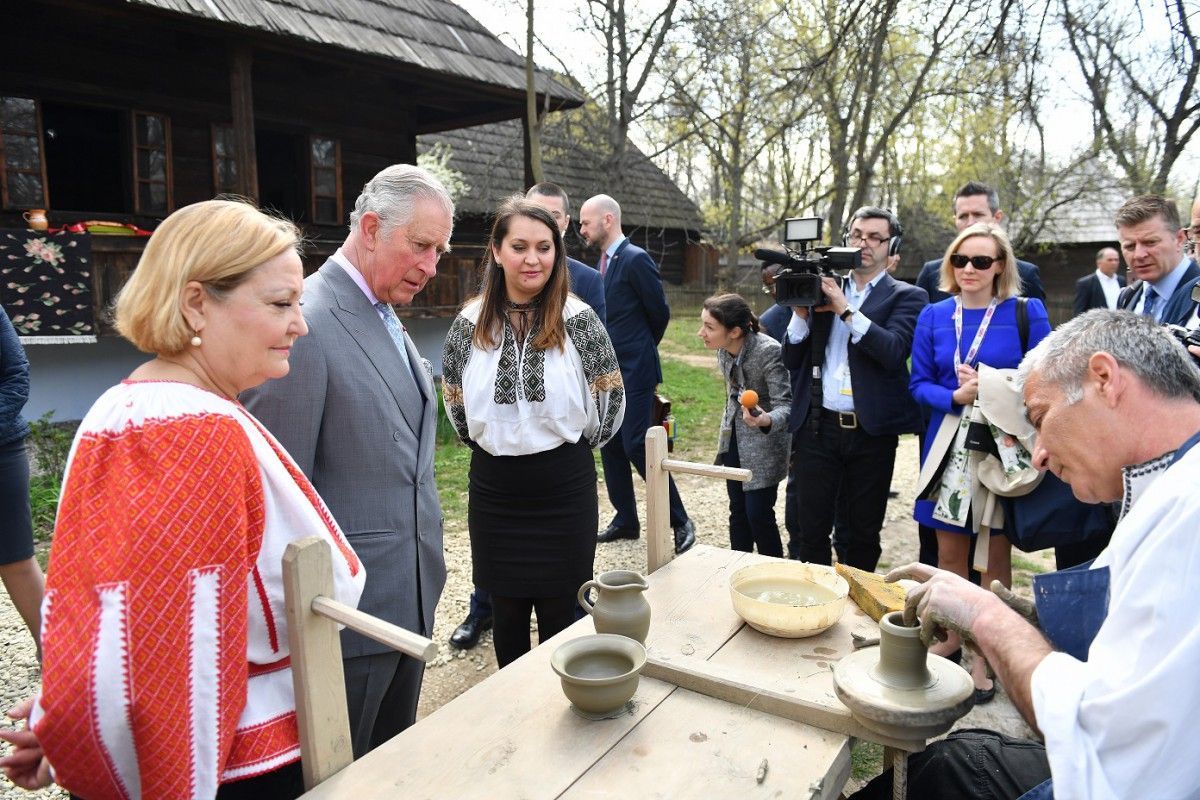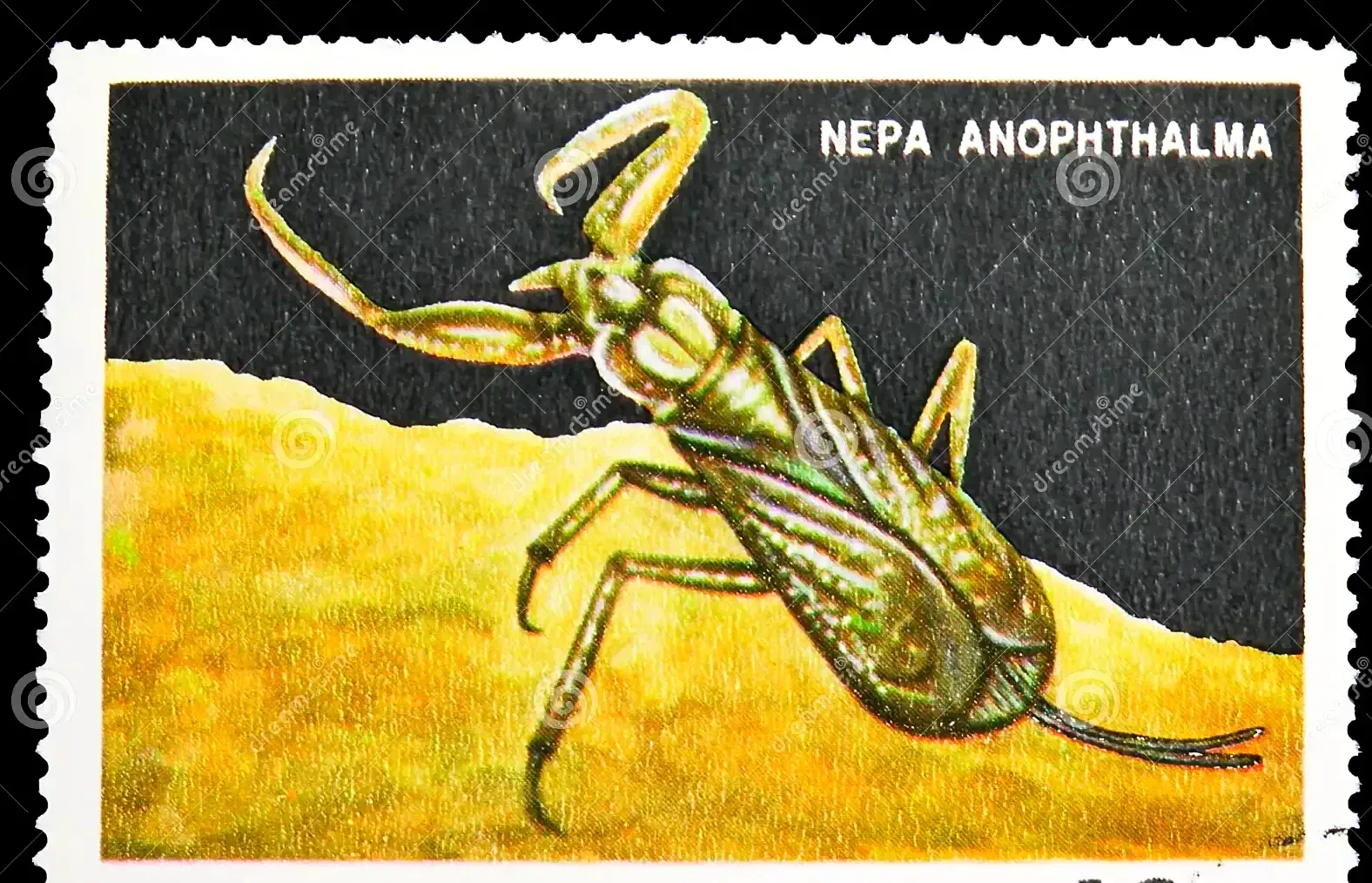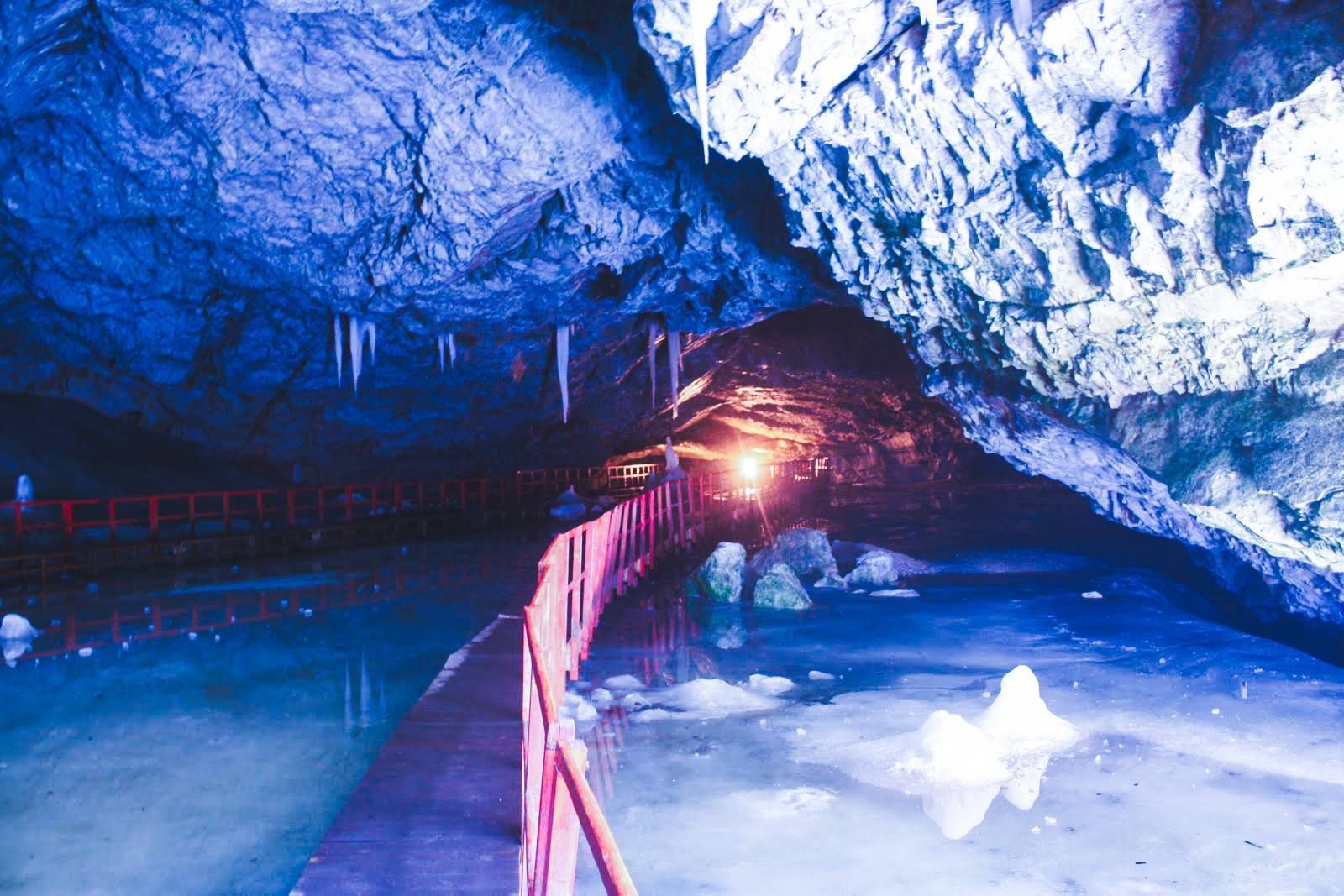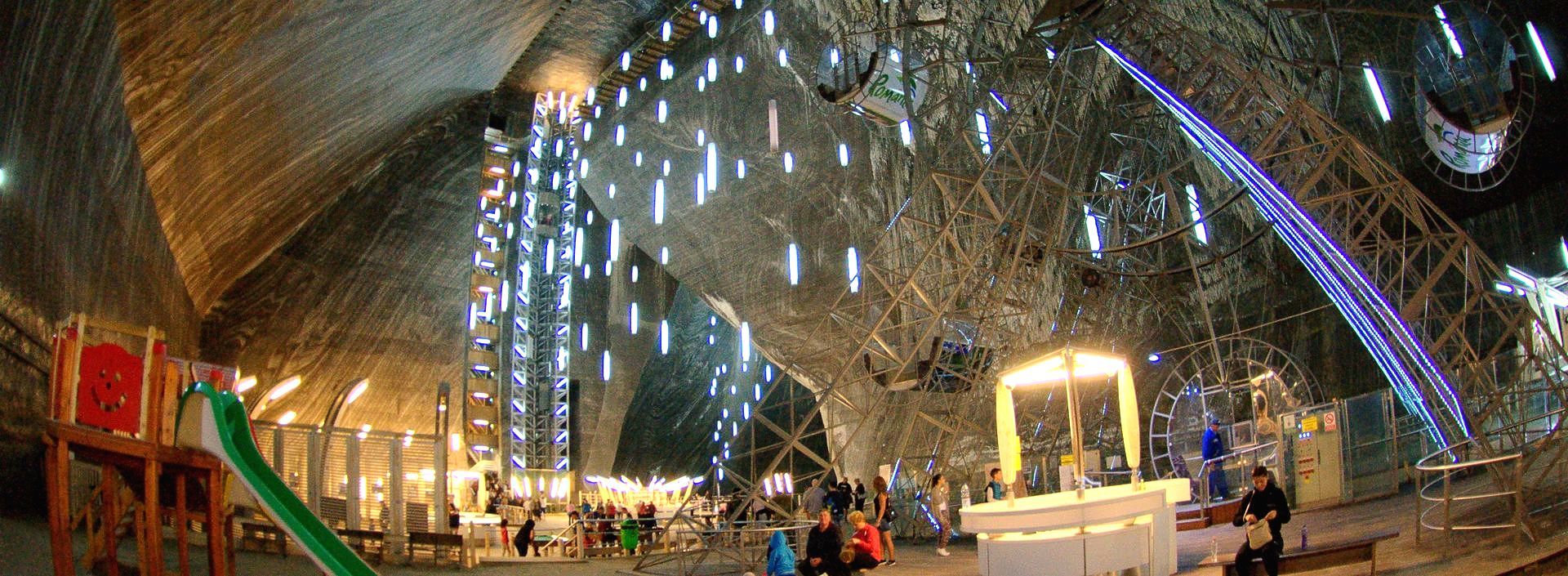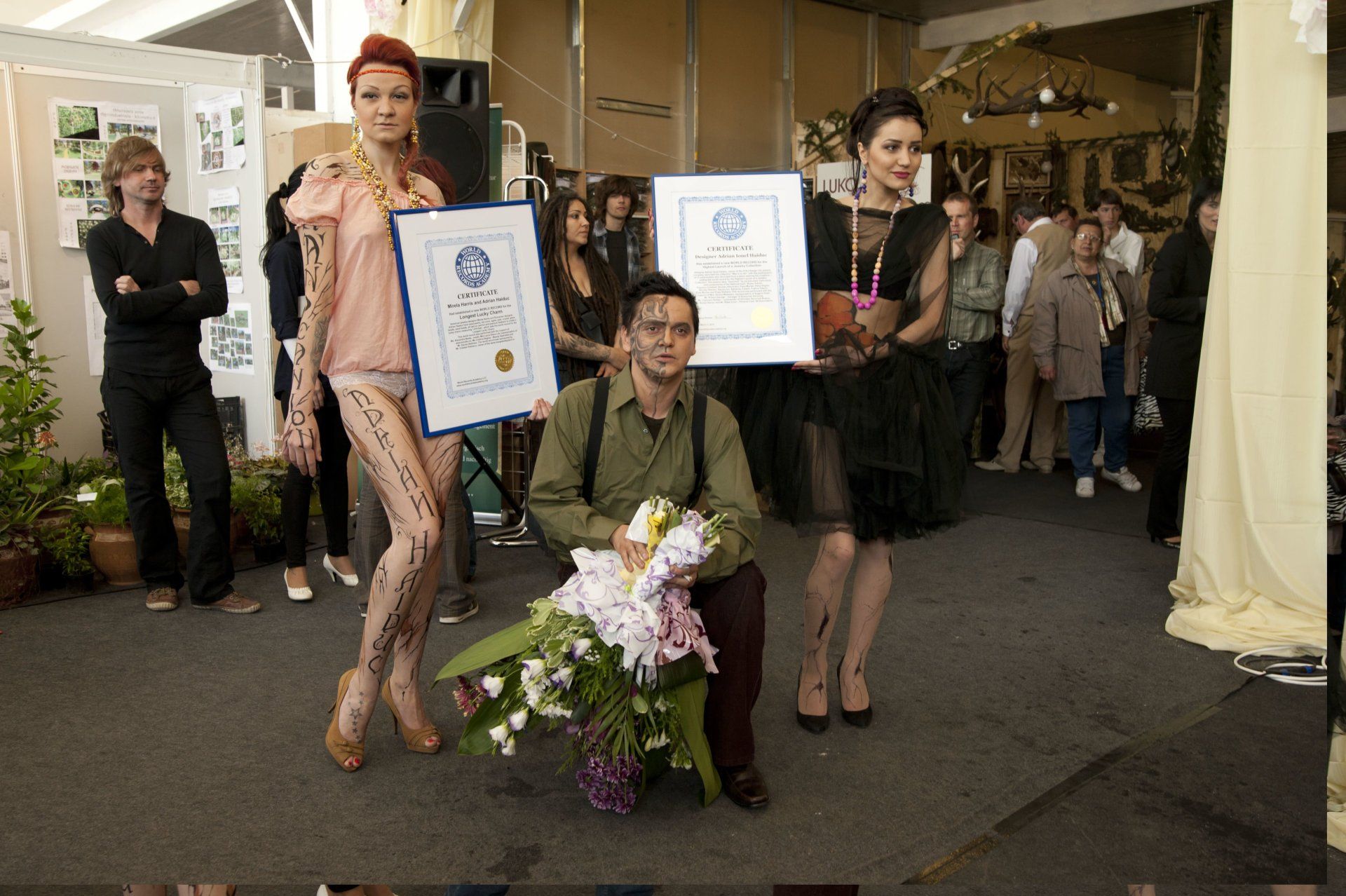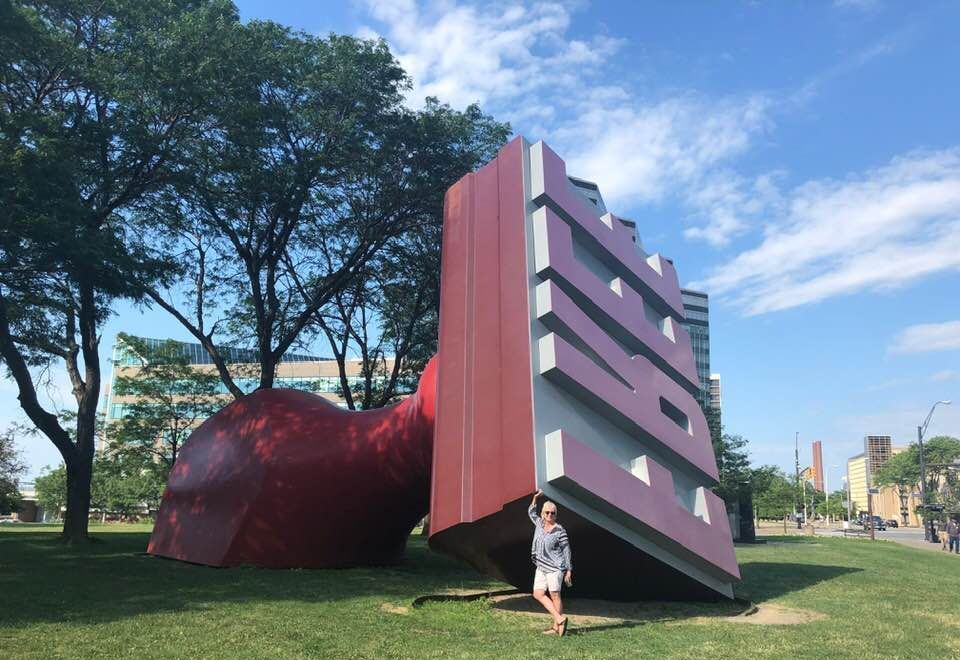World's Oldest Animal Dioramas on Display, The Grigore Antipa Museum sets world record
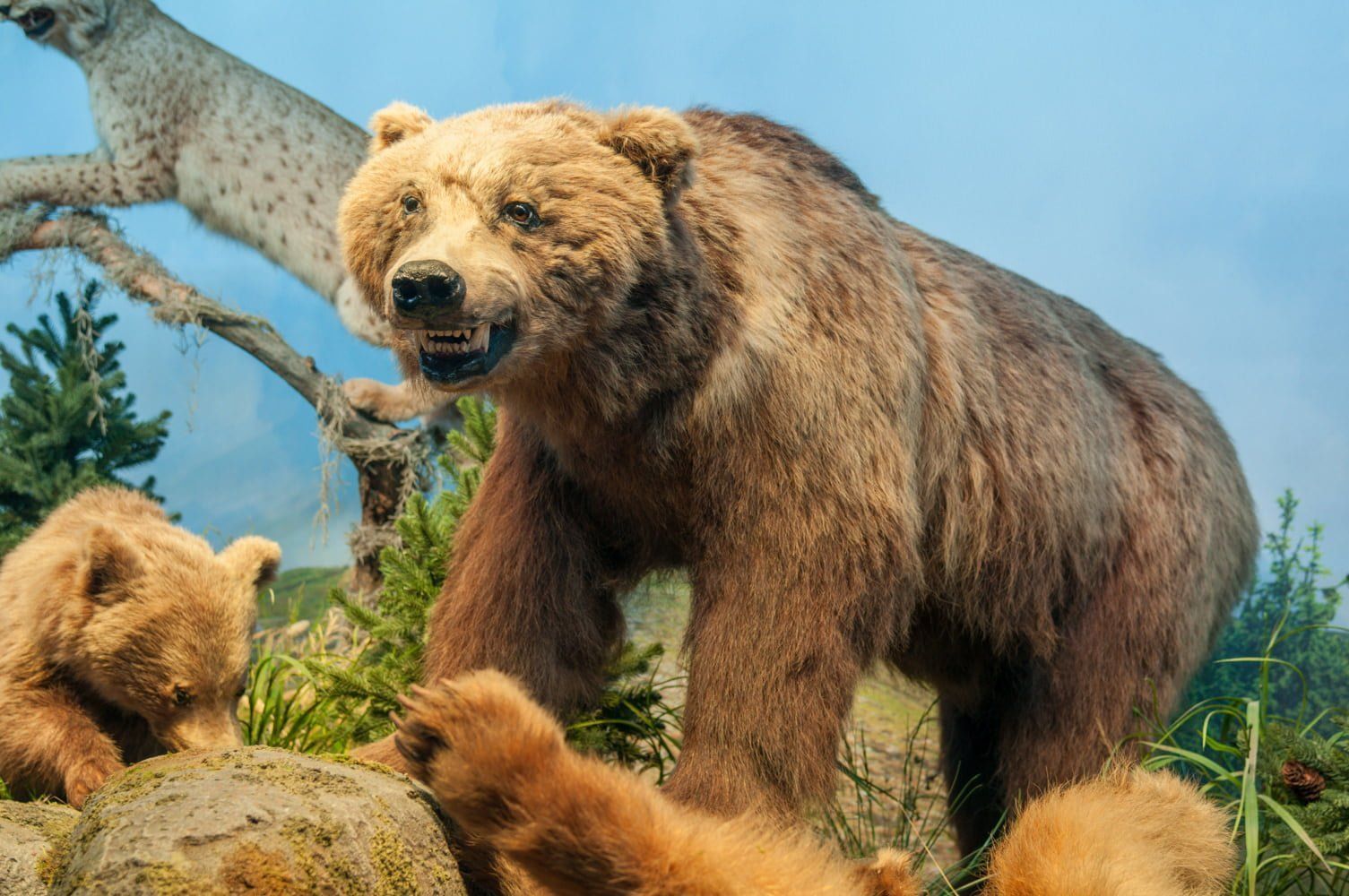
Bucharest, Romania--The Grigore Antipa National Museum of Natural History in Bucharest, Romania, has a collection of over 2 million specimens in 132 impressive collections, some of them world-class treasures; emerging as an absolute novelty in 1907, biological dioramas were part of Antipa's innovations and have been well preserved unchanged since 1908, setting the world record for being the World's Oldest Animal Dioramas on Display, according to the WORLD RECORD ACADEMY.
"The Grigore Antipa National Museum of Natural History (Romanian: Muzeul Național de Istorie Naturală „Grigore Antipa”) is a natural history museum, located in Bucharest, Romania. It was originally established as the National Museum of Natural History on 3 November 1834.
"It was renamed in 1933 after Grigore Antipa, who administered the museum for 51 years. He is the scientist who reorganized the museum in the new building, designed by the architect Grigore Cerchez and inaugurated by Carol I of Romania in 1908. It was reopened in 2011 after a $14 million renovation. The museum’s collection consists of over 2 million specimens. It is regarded as one of the most prestigious and well organized natural history museums in the world." (Wikipedia)
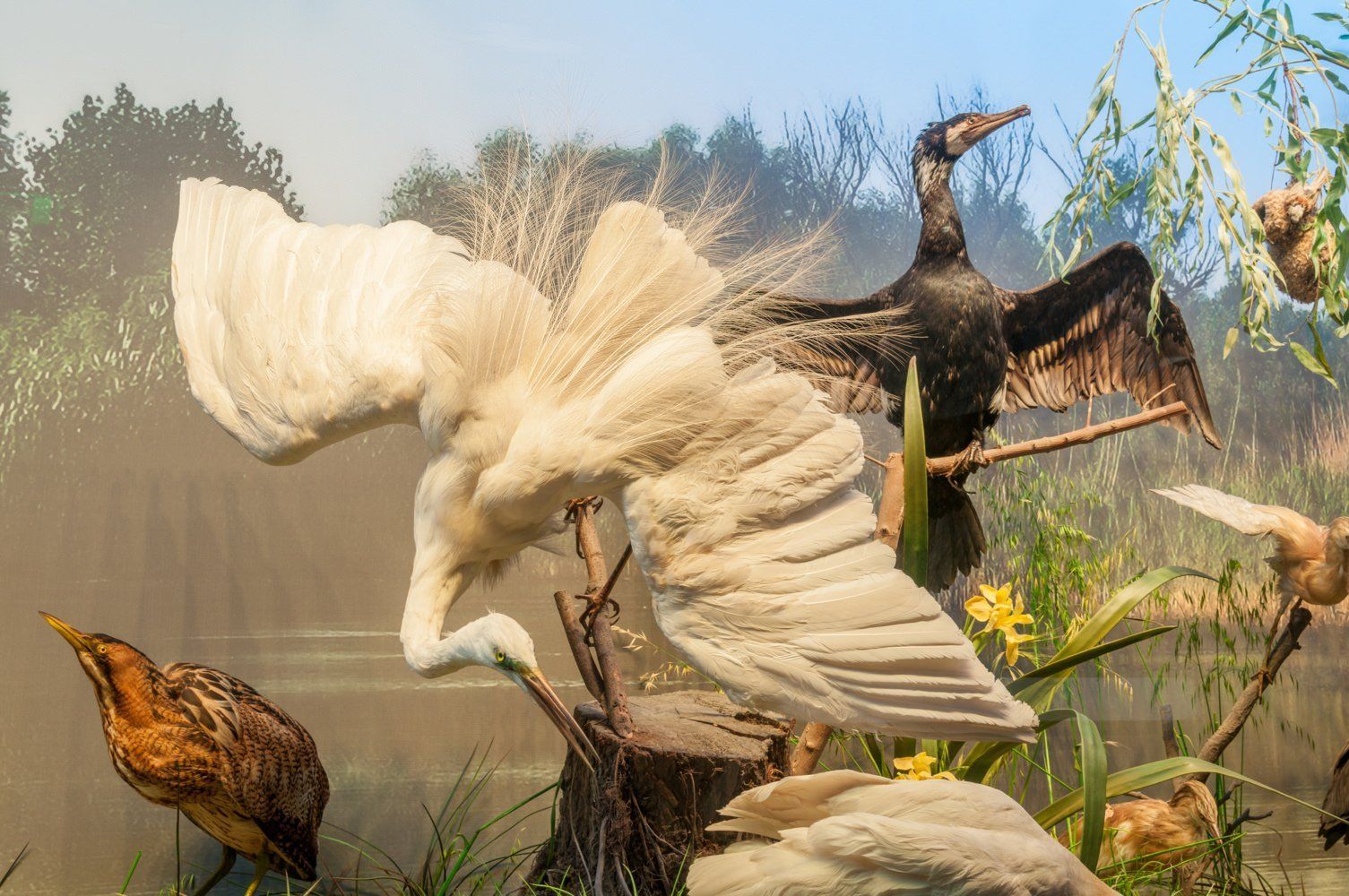
"Grigore Antipa (27 November 1867 in Botoșani – 9 March 1944 in Bucharest) was a Romanian naturalist, zoologist, ichthyologist, ecologist, oceanologist, Darwinist biologist who studied the fauna of the Danube Delta and the Black Sea. Between 1892 and 1944 he was the director of the Bucharest Natural History Museum, which now bears his name.
"He is also considered to be the first person to modernize the diorama by emphasizing the three-dimensional aspect and first to use dioramas in a museum setting. He is the scientist who reorganized the Grigore Antipa National Museum of Natural History in the new building that today bears his name, designed by the architect Grigore Cerchez, built in 1906 and inaugurated by Carol I of Romania in 1908.
"He was elected as member of the Romanian Academy in 1910 and was also a member of several foreign academies. Grigore Antipa founded a school of hydrobiology and ichthyology in Romania." (Wikipedia)
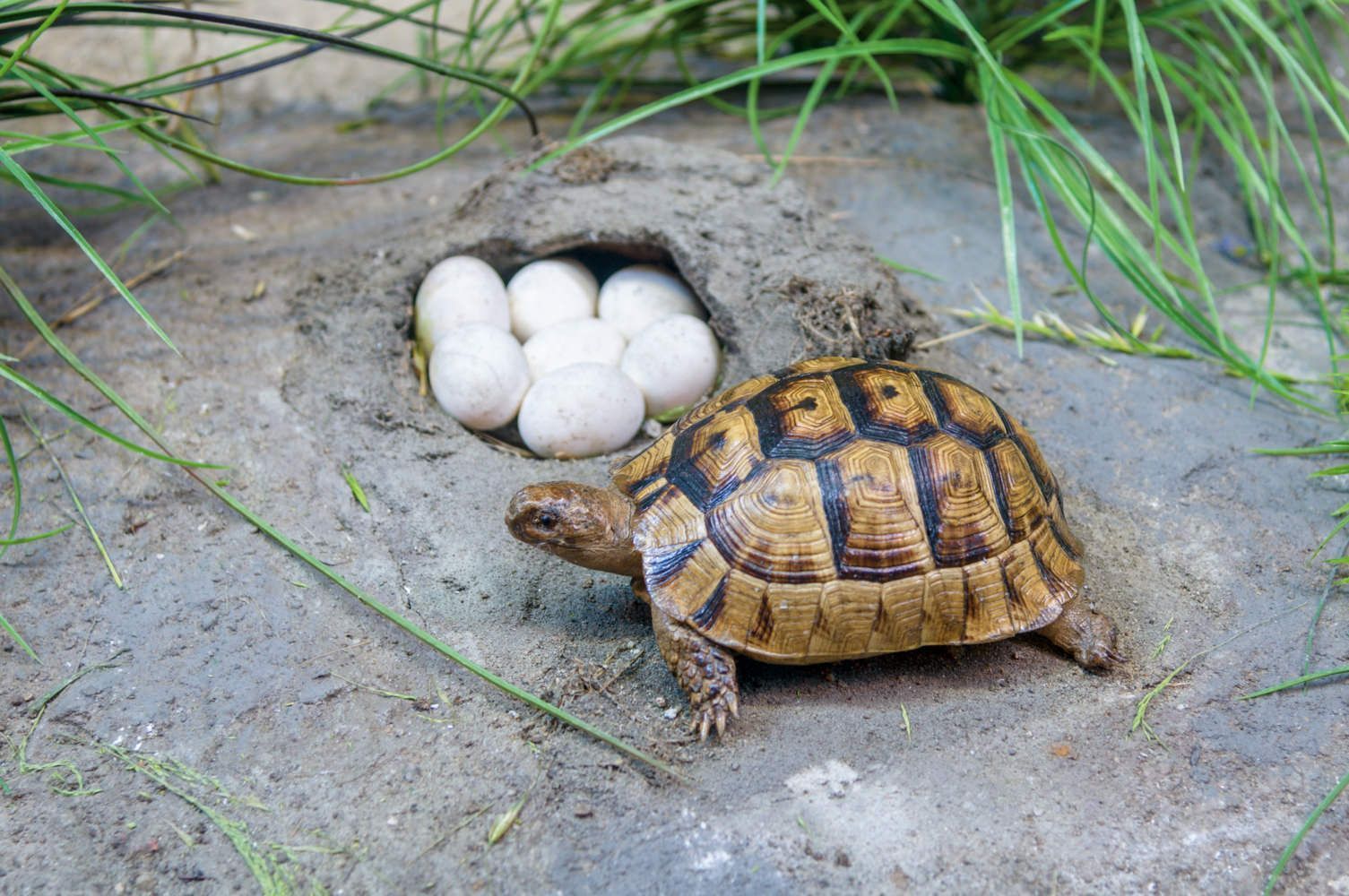
"He was director of the Grigore Antipa National Museum of Natural History (1892 - 1944). His paper Principes et moyens pour la réorganisation des musées d'histoire naturelle was published in 1934.
"Starting from the reorganization of the Bucharest museum, in 1907 biological dioramas were used for the first time. The first dioramas illustrated the Carpathian Mountains, the Bărăgan Plain, and the Danube Delta.mThe Museum of Natural History also has dioramas depicting the fauna of the tundra, prairie, savannah or Sahara desert regions. Several museums worldwide asked for his assistance as a consultant as a result of this work. Grigore Antipa was a member of the Romanian Academy."
"The National Museum of Natural History in Bucharest is named after the scientist, as well as the National Institute for Marine Research and Development "Grigore Antipa" in Constanța." (Wikipedia)
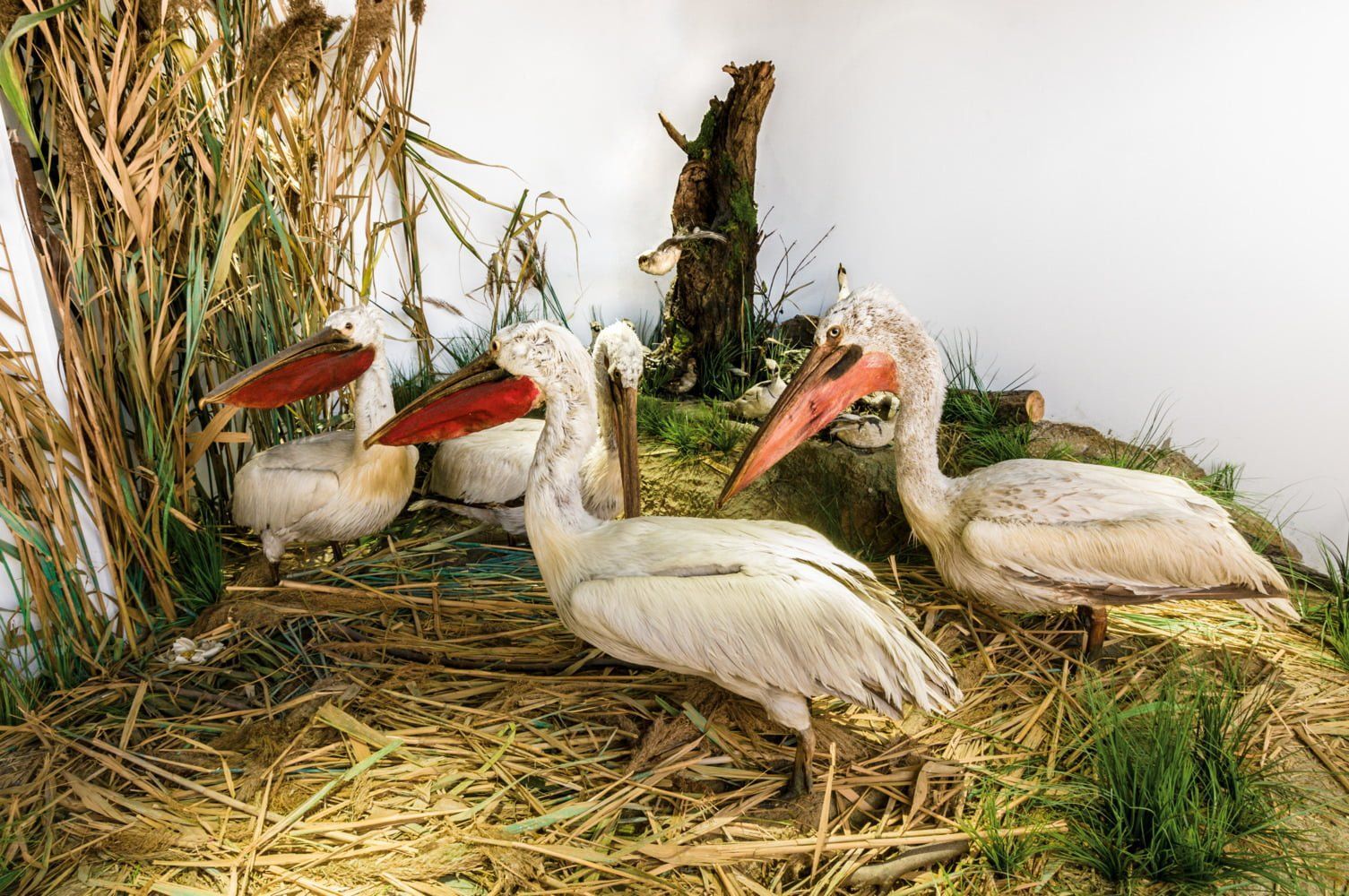
"The museum was founded on November 3, 1834, at the initiative of Prince Alexandru Ghica's brother, Grand Ban Mihalache Ghica, who donated important collections, including Greek, Roman and Byzantine coins, collections of minerals, fossils, mollusks, fish, birds and mammals, as well as works of art. Although it was conceived as a natural history cabinet, the museum acquired the character of a mixed institution, housing antiquities, old paintings and natural curiosities," the
official website says.
"Over time, the museum was housed in various buildings in Bucharest. The current headquarters was designed and built through the efforts of Dr. Grigore Antipa, director from 1893 to 1944. The museum created by the great scholar was modern both in its display method and in its role and activity.
"Also, through sustained efforts, Grigore Antipa substantially enriched the institution's collections with valuable pieces from all corners of the world. Grigore Antipa is also responsible for the creation in Bucharest of the first biogeographic dioramas, a model later extended to the great museums of the world."
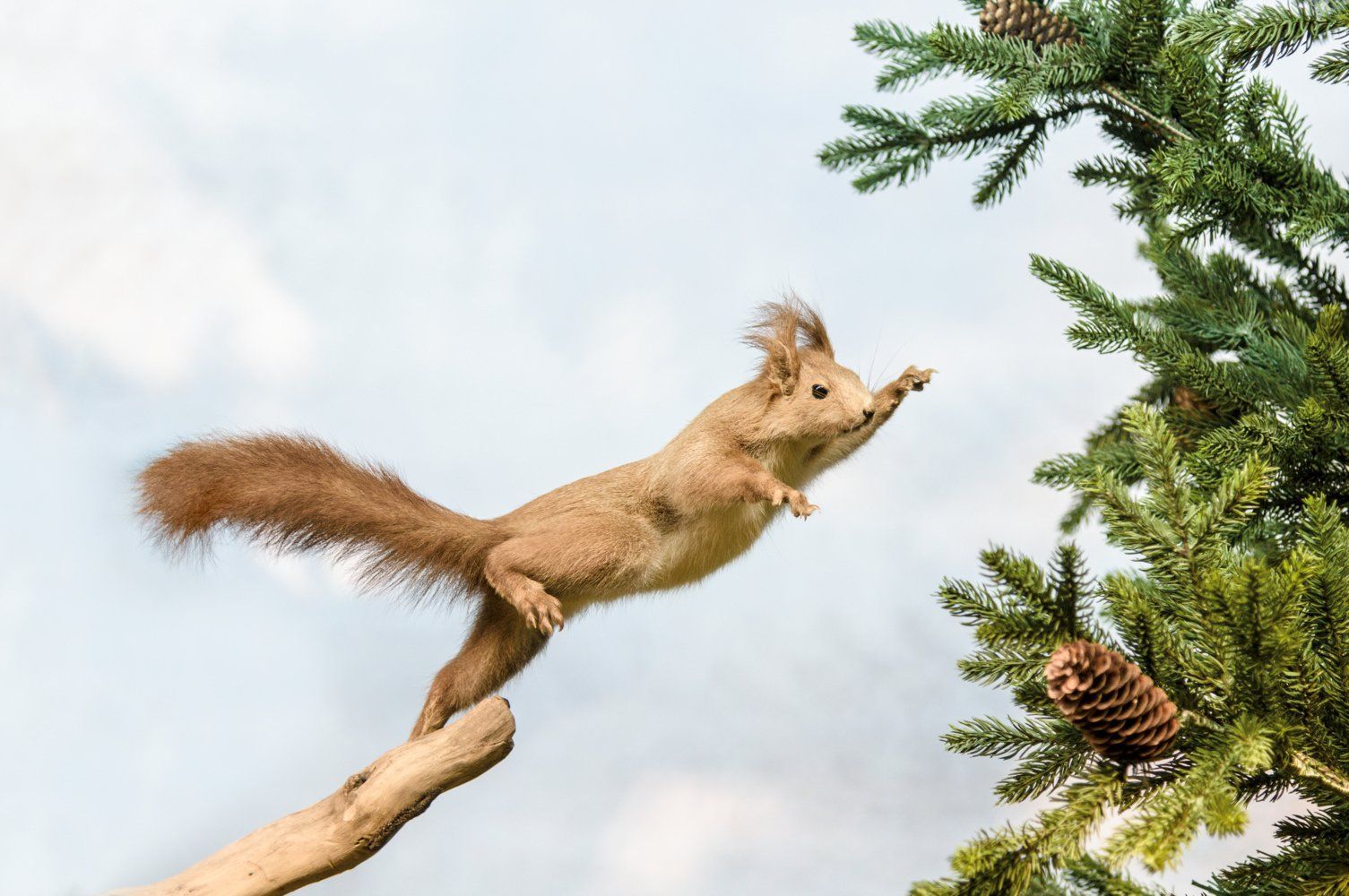
"The National Museum of Natural History "Grigore Antipa" is one of the oldest institutions for biodiversity research and for public education and culture. It is also one of the most well-known and appreciated "databases", with no less than 132 impressive collections, some of them world-class treasures," the FocusPress reports.
"It is the first museum in the world to exhibit biogeographic dioramas, those three-dimensional showcases, in which species are presented by habitat categories, in natural positions and projected on a painted background. The museum manages to successfully preserve part of the Earth's biodiversity, representing the most important source of documentation for Romanian zoological research and beyond."
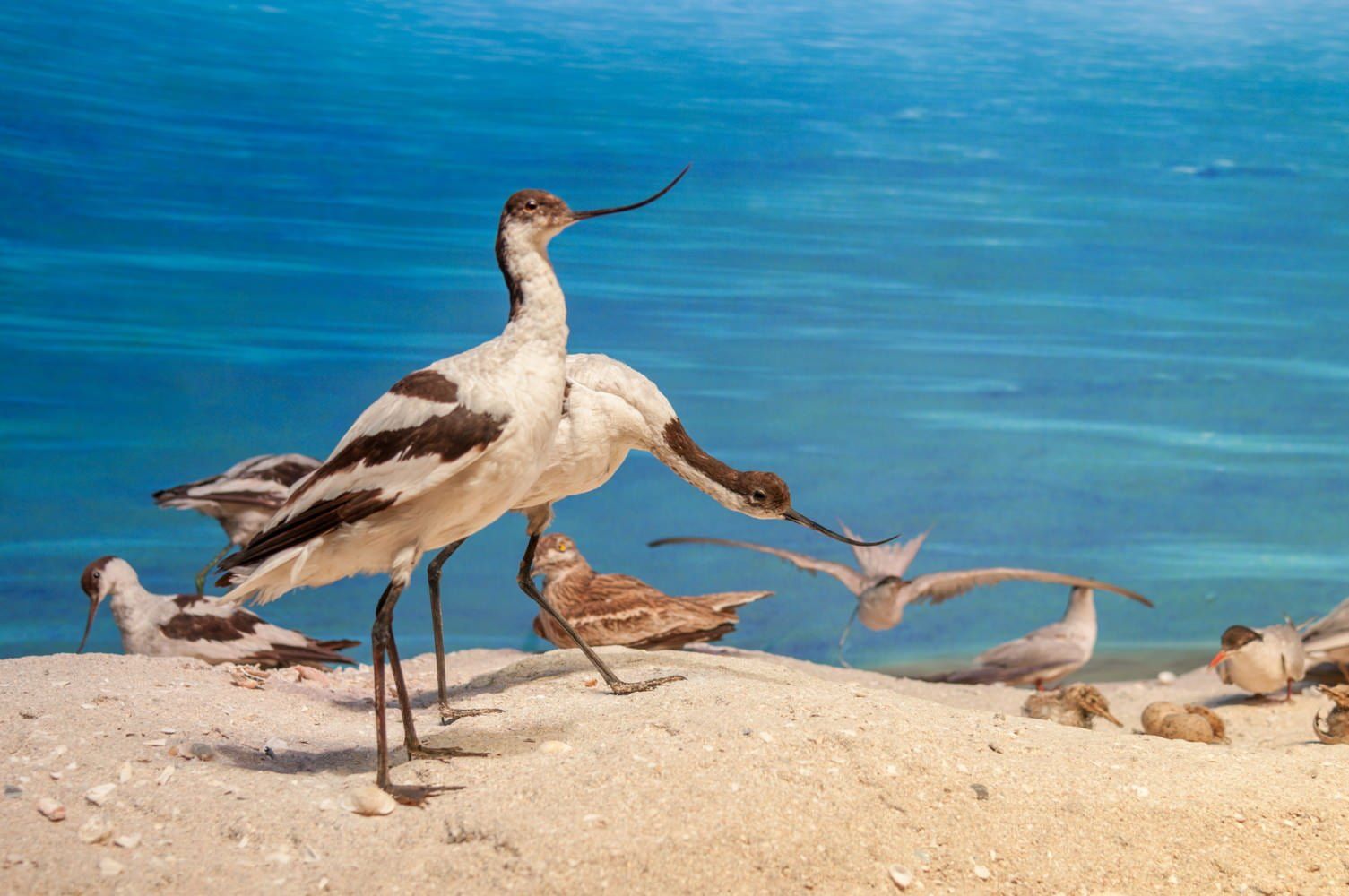
"The museum's biggest attractions were the
world premiere exhibition of biogeographic dioramas: desert, savannah, prairie and tundra. These later became models for other similar institutions around the world: Berlin, Paris, New York," the
FocusPress reports.
"Thus, for the
first time in the world, the Bucharest Museum exhibited dioramas – three-dimensional showcases, in which species were presented by habitat categories, in natural positions and projected onto a painted background. The success of this method of presentation made the dioramas an example to be followed by other museums around the world."
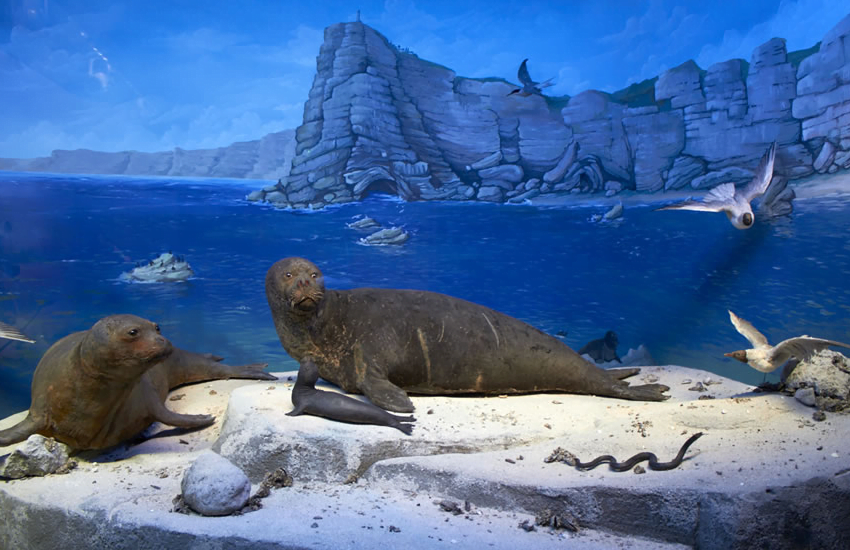
"In the early 1900s, Grigore Antipa revolutionized the world of museums by creating the first biogeographic dioramas in Bucharest, which were later taken over by other museums around the world," the Romanian Innovators says.
"A diorama is a spatial representation of a landscape or portions of it. It is usually used in museums to display various types of stuffed animals or reference objects.
"Grigore Antipa was the first Romanian hydrobiologist, oceanologist, ecologist, ichthyologist and last but not least – museologist. The new museum technique applied in the Natural History Museum in Bucharest and the reorganization of the basic exhibition are based on the principles of diorama structures."
"Biological dioramas were created for the first time in the world, in Bucharest, at the Natural History Museum, by Grigore Antipa (1867-1944), the museum's director between 1893 and 1944," the
romfilatelia.ro says.
"Emerging as an absolute novelty in 1907, biological dioramas were part of Antipa's museological innovations regarding the organization, display, arrangement and explanation of collections in a natural history museum; all of this aroused the interest of specialists in Europe and the United States, where older museums than the one in Bucharest quickly adopted the invention.
'The first dioramas presented aspects of life on the peaks of the Carpathians, in the hill forests, in Bărăgan, but also in the floodplain area of the Danube Delta. At the same time, alongside the dioramas presenting areas of Romania, the museum also contained those presenting fauna from the prairie, tundra, savannah or Sahara Desert regions – today preserved as dioramas of historical importance."
"A diorama is a replica of a scene, typically a three-dimensional model either full-sized or miniature. Sometimes it is enclosed in a glass showcase for a museum. Dioramas are often built by hobbyists as part of related hobbies such as military vehicle modeling, miniature figure modeling, or aircraft modeling. In the United States around 1950 and onward, natural history dioramas in museums became less fashionable, leading to many being removed, dismantled, or destroyed.
"The current, popular understanding of the term "diorama" denotes a partially three-dimensional, full-size replica or scale model of a landscape typically showing historical events, nature scenes, or cityscapes, for purposes of education or entertainment.
"They were also implemented by the Grigore Antipa National Museum of Natural History from Bucharest Romania and constituted a source of inspiration for many important museums in the world (such as the American Museum of Natural History in New York and the Great Oceanographic Museum in Berlin)." (Wikipedia)
"The Antipa museum is a famous science spot for kids and grownups alike, with beautiful dioramas of animals and plants from all over the world - some unique specimens acquired in the 50s and 70s that rival collections in larger museums! Host to some of the oldest animal dioramas in the world (over 150 yrs!) and very well preserved (I compare it with Chicago Field Museum) it has everything from anteaters to mammoths and whales," the TripAdvisor says.
"Nicely lit and with electronic screens showing specimen names in both English and Romanian, summaries of collections at the beginning of every room . Wish there were more details for the extra-curious visitors but maybe that's what the audio guides are for (did not get one).
"Clean and easy to navigate, bathrooms and lockers on first floor together with a (pitiful!) gift shop."
"On the ground floor of the Antipa Museum, behind the mammoth, you will find four of the oldest exhibits in the world. They have been preserved unchanged since 1908, the year the Antipa Museum officially opened its doors. The institution was headed by Grigore Antipa. The young director, a protégé of King Carol I, managed to equip the museum and convince major entrepreneurs to pay for the exhibits," the Digi24.ro says.
"“The vast majority of the animals are old ones, those bought or received as gifts by Antipa, from various people, for more than 100 years. There were very few dioramas in the world. There was a diorama at the museum in the USA, made by Karl Aekley with a family of bison. But that diorama did not have the depth of those made by Antipa in 1907,” says Dr. Iorgu Petrescu, researcher, Antipa Museum.
"“These dioramas suffered a lot. In 1940, following the earthquake, and in 1944, the museum was hit by a bomb. Fortunately, the bomb did not explode inside the museum,” adds Dr. Petrescu. A hundred and something years have passed since the Antipa showcases and the animals inside them. In all this time, two world wars, a revolution and dozens of managerial changes have passed. But nothing has managed to damage them."
Photos:
World's Oldest Animal Dioramas on Display, The Grigore Antipa Museum sets world record
(1-7)
antipa.ro
Related world records:
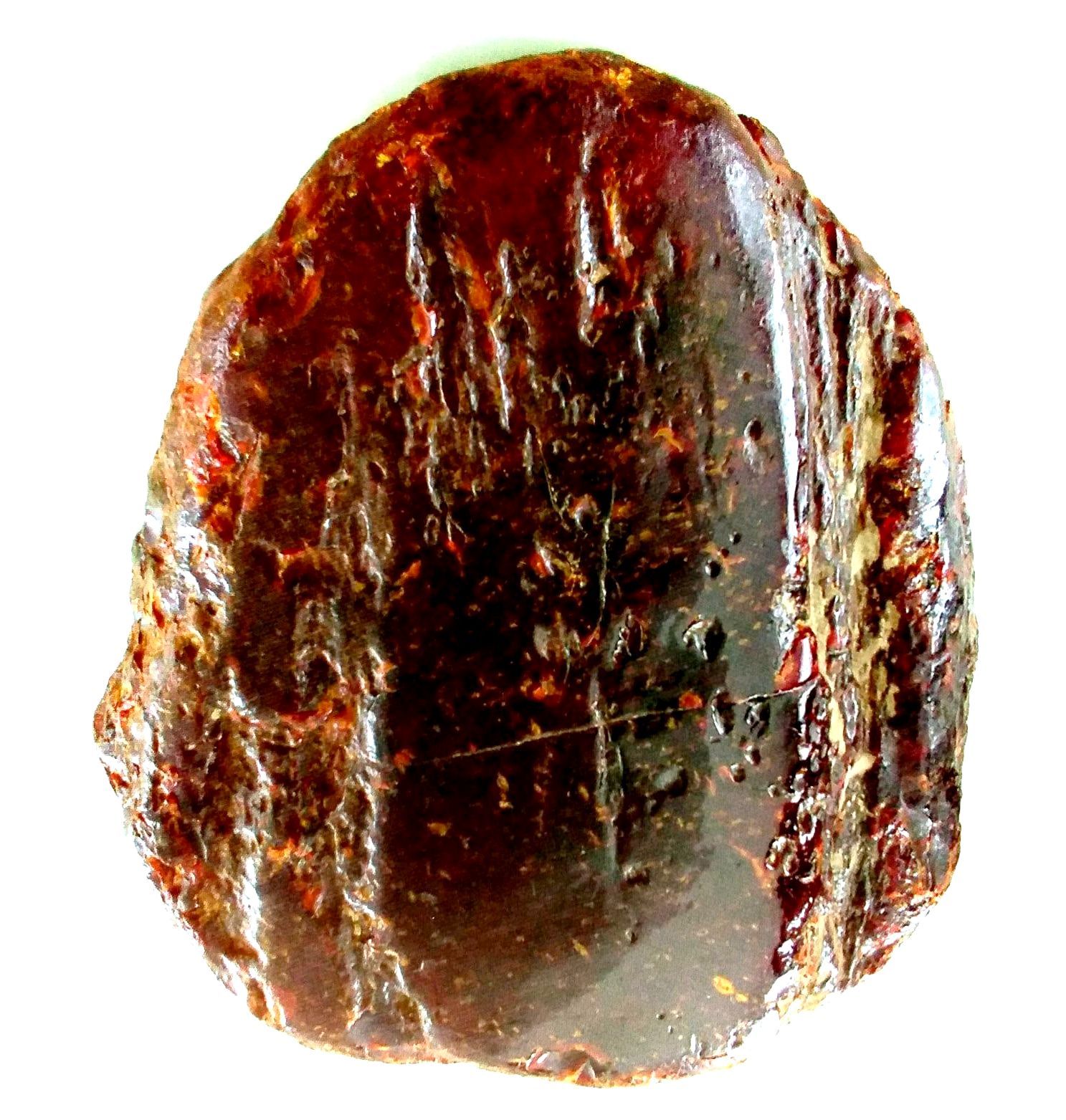

|
Alabama world records |
Alaska world records |
Arizona world records |
Arkansas world records |
California world records |
|
Colorado world records |
Connecticut world records |
Delaware world records |
Florida world records|
|Georgia world records | Hawaii world records| Idaho world records| Illinois world records| Indiana world records|
|Iowa world records | Kansas world records| Kentucky world records| Louisiana world records| Maine world records|
| Maryland world records| Massachusetts world records | Michigan world records | Minnesota world records |
| Mississippi world records | Missouri world records | Montana world records | Nebraska world records |
| Nevada world records | New Hampshire world records | New Jersey world records | New Mexico world records |
| New York world records | North Carolina world records | North Dakota world records | Ohio world records |
| Oklahoma world records | Oregon world records | Pennsylvania world records | Rhode Island world records |
| South Carolina world records | South Dakota world records | Tennessee world records | Texas world records |
| Utah world records | Vermont world records | Virginia world records | Washington world records |
| West Virginia world records | Wisconsin world records | Wyoming world records|
| Agriculture world records| Amazing careers world records | Arts world records |
| AMUSEMENT & THEME PARK WORLD RECORDS |
| Biggest world records | Business world records | Books world records | |
| Christmas world records | Collections world records | CATS world records | DOGS world records |
|Drinks world records | | Easter world records | Entertainment world records | FASHION world records |
|
Farming world records |
Fishing world records |
Food world records |
|
Games world records |
Green world records |
Halloween world records |
Hobbies world records|KIDS world records |
| Human Body world records | Internet world records | INVICTUS world records | JUSTICE world records |
| Mass Participation world record | Medical world records |
| Military world records | MEDICAL world records | MUSEUM world records | Modern Society world records |
|
Most Successful world records | Nature world records | New Year world records |
PET world records |
|
Religious world records | Science world records |
Skydiving world records
| Smallest world records | Sport world records | Stunts world records | Strength world records |
| Technology world records | Thanksgiving world records | Travel world records | Transport world records |
| Valentine's Day world records | Youngest world records |
| Weather world records | Wedding world records | WORLD'S FIRST world records |
